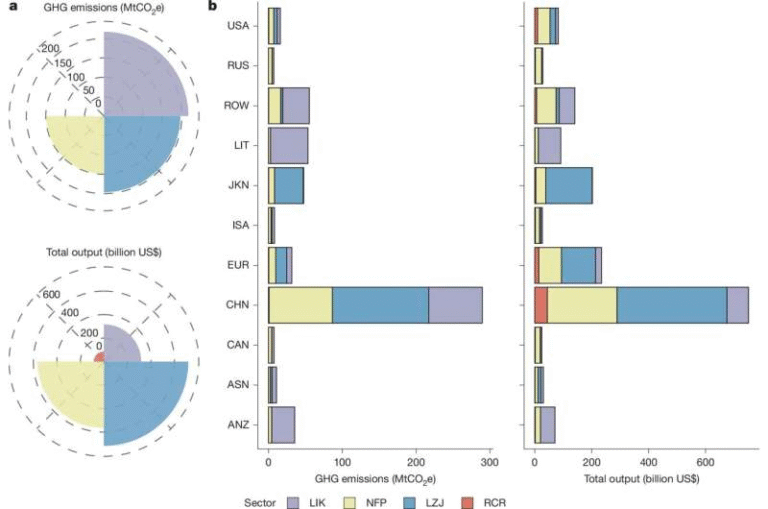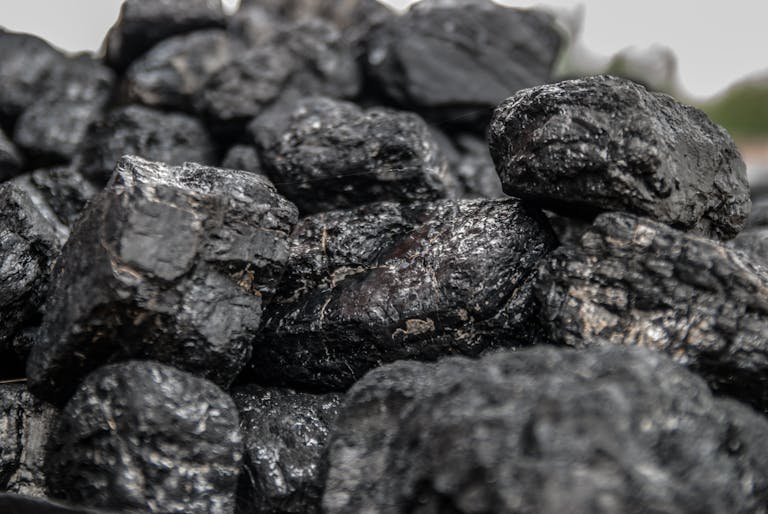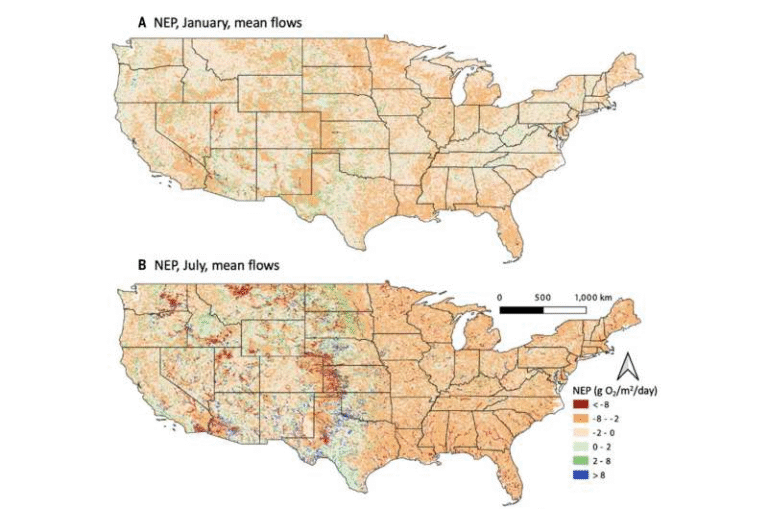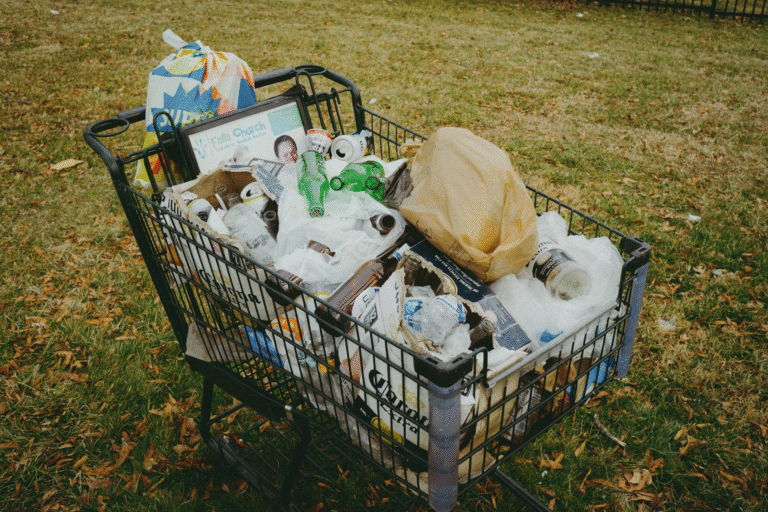Students Lead Global Study on Marine Debris: Surprising Findings on Ocean Trash and What It Means for the Planet

A team of undergraduate and graduate students from Virginia Tech has played a leading role in a new global study on marine debris, revealing unexpected sources of ocean trash and highlighting crucial steps needed to tackle one of the world’s most persistent environmental problems. The research, published in Global Environmental Change, combines insights from experts in geography, sustainability, and the circular economy to build a clearer picture of how human activities are affecting marine ecosystems worldwide.
A New Generation of Researchers Tackles an Old Problem
At the heart of this project are two Virginia Tech faculty members: Jennifer Russell, an associate professor in the Department of Sustainable Biomaterials, and Eranga Galappaththi, an assistant professor in the Department of Geography. Supported by a small grant from the Virginia Tech Coastal Collaborator—a program that evolved from the Center for Coastal Studies—the pair trained a group of undergraduate and graduate students to collect data, review global studies, and co-author the paper.
Rather than serving as mere assistants, the students took on leading roles, analyzing data and interpreting results. Weekly “teatime” meetings became a cornerstone of the collaboration, giving the group space to exchange ideas, troubleshoot issues, and refine their research direction. The result was a study that not only advanced scientific understanding but also gave students firsthand experience in producing high-impact academic work.
What Exactly Is Marine Debris?
Marine debris refers to any human-made solid material that ends up in the ocean or along coastlines. It’s not just about the plastic bottles or bags we often imagine—this category is much broader. The study breaks marine debris into several main types:
- General waste: Mixed items, often including macroplastics such as bottles, packaging, and containers.
- Microplastics: Tiny fragments or particles of plastic, often invisible to the naked eye, resulting from the breakdown of larger items or industrial processes.
- Fishing-related debris: Discarded or lost fishing nets, lines, traps, and other equipment—sometimes called “ghost gear.”
- Ink cartridges: A surprising addition, these often come from cargo spills during shipping.
- Petroleum waxes: Linked to shipping operations and sometimes found washed up on shorelines.
This range of debris types shows how varied the sources of ocean trash really are, reaching far beyond what most people expect.
Global Findings: How and Where Debris Accumulates
The Virginia Tech-led review analyzed global research on marine debris and identified several key patterns. One of the most important findings was that natural forces—such as winds, ocean currents, and coastal geography—play a bigger role in determining where debris ends up than direct human activity. This means that even if a country manages waste responsibly, it can still receive debris carried by global ocean circulation.
The study also found that most existing research focuses primarily on quantifying debris—measuring how much trash is present in different environments—rather than understanding why it ends up there or how to stop it. Everyday items such as plastic bottles, wrappers, and food containers make up the bulk of what’s been studied, leaving large gaps in knowledge about industrial, shipping, or fishing-related waste.
Another critical takeaway is that marine debris is spreading. The researchers documented that trash isn’t just piling up in well-known “garbage patches” or along heavily populated coasts—it’s showing up in new and remote regions, including the Arctic and Antarctica. Even areas once thought pristine are now littered with plastic fragments and discarded materials.
The Cost of Ocean Trash
The study underscores the massive economic and ecological cost of marine debris. Each year, it’s estimated to cause billions of dollars in damage globally, affecting industries like tourism, fisheries, and shipping. More than 800 marine species—from fish and turtles to seabirds—are impacted through entanglement, ingestion, or habitat disruption.
For humans, the problem hits close to home. Microplastics have been detected in seafood, table salt, and even the air we breathe. The growing body of research connecting plastic pollution to human health risks adds urgency to understanding where debris originates and how it moves through ecosystems.
The Tools We Need (and Don’t Yet Have)
One of the clearest conclusions from the study is that global monitoring systems for marine debris are still inadequate. There are major gaps in how debris is tracked, categorized, and managed. The researchers argue that new tools such as satellite imaging, specialized databases, and computer models could make a huge difference by helping scientists and policymakers pinpoint where debris accumulates and how it travels.
Currently, data on marine debris is fragmented, often coming from small-scale local studies that aren’t easily comparable. A global system integrating these findings could vastly improve efforts to manage and reduce waste in marine environments.
Tracing the Sources: It’s Not Just About Plastic Bags
The Virginia Tech study identified a wide array of sources contributing to ocean debris:
- Inadequate waste management systems, especially in regions lacking proper landfill coverage or waste transport infrastructure.
- Shipping operations, including spills, illegal dumping, and accidental cargo losses.
- Fisheries and aquaculture, where lost or discarded gear often becomes ghost nets that trap marine life.
- Urban runoff, where litter from streets and storm drains eventually makes its way to rivers and seas.
- Consumer culture and tourism, with everyday convenience products often ending up as litter.
Each of these sectors contributes to a complex global problem, and addressing them will require both technological and behavioral change.
Students at the Helm
For the students involved, this project was more than a research experience—it was a chance to understand the real-world impact of scientific inquiry. They worked through every stage of the research process: data collection, global literature review, analysis, and manuscript preparation.
The experience strengthened their ability to think critically about environmental systems and the global scale of human influence. It also gave them insight into how interdisciplinary work—combining geography, ecology, economics, and sustainability—can produce actionable solutions.
The Broader Lesson: Everyone Has a Role
While the study is grounded in academic research, its message is clear and practical: everyone can help reduce marine debris. The researchers highlighted the “R principles” that individuals and communities can follow:
- Refuse single-use plastics whenever possible.
- Reduce consumption of unnecessary items.
- Reuse durable products such as printer cartridges and containers.
- Redirect waste into proper disposal systems rather than letting it leak into the environment.
- Recycle responsibly, ensuring materials go to the correct facilities.
Many marine debris problems, the study notes, start from simple mismanagement—uncovered garbage trucks, open landfills, and litter that gets blown or washed into waterways. These are preventable with better systems and public awareness.
Understanding Marine Debris Beyond the Study
To add context, it’s worth noting that marine debris has become one of the defining environmental challenges of our time. The United Nations Environment Programme (UNEP) has called plastic pollution a “planetary crisis,” estimating that around 11 million metric tons of plastic enter the ocean each year. Without major interventions, that number could triple by 2040.
Ocean currents, particularly the large circular systems known as gyres, act as massive conveyor belts, collecting floating waste in central zones like the Great Pacific Garbage Patch. But unlike the name suggests, these aren’t solid “islands” of trash—they’re diffuse fields of debris, mostly microplastics suspended in the water column.
The impacts on marine ecosystems are severe. Fish mistake small plastic fragments for food, seabirds feed debris to their chicks, and coral reefs suffer from smothering by discarded materials. Beyond wildlife, there are ripple effects on fisheries, tourism, and coastal economies.
Cleaning up the ocean surface is a monumental task—while organizations like The Ocean Cleanup are developing large-scale collection systems, experts agree that stopping waste at the source is far more effective than trying to retrieve it later.
What Makes the Virginia Tech Study Stand Out
This research stands out because it takes a global, systematic view. By reviewing and analyzing studies from around the world, the team built a meta-level understanding of how marine debris is distributed, studied, and managed. The focus on patterns and gaps—rather than just local case studies—helps identify what’s missing in the fight against ocean pollution.
The involvement of students is another distinctive feature. Their participation not only brought new energy to the research but also modeled how education and environmental stewardship can work hand in hand. The study shows that academic institutions can serve as incubators for both scientific advancement and civic responsibility.
The Way Forward
The researchers emphasize that tackling marine debris requires action at multiple levels—individual, local, national, and international. Governments need stronger regulations on waste management, better infrastructure for recycling and containment, and more investment in monitoring technology. Businesses must redesign products and packaging to minimize waste and adopt circular economy principles.
Meanwhile, individuals can contribute through conscious consumption, waste reduction, and advocacy. Simple actions—like choosing refillable bottles, properly securing trash, and supporting cleanup initiatives—add up when practiced widely.
Ultimately, the Virginia Tech study sends a clear message: marine debris is not an isolated problem—it’s a global reflection of how humanity manages its materials. And while the challenge is immense, so is the potential for change when education, research, and action come together.
Research Reference:
Eranga K. Galappaththi et al., Status of Global Accumulation of Marine Debris, Global Environmental Change (2025)





